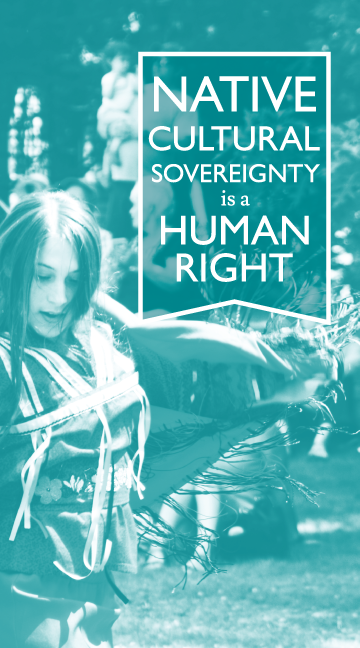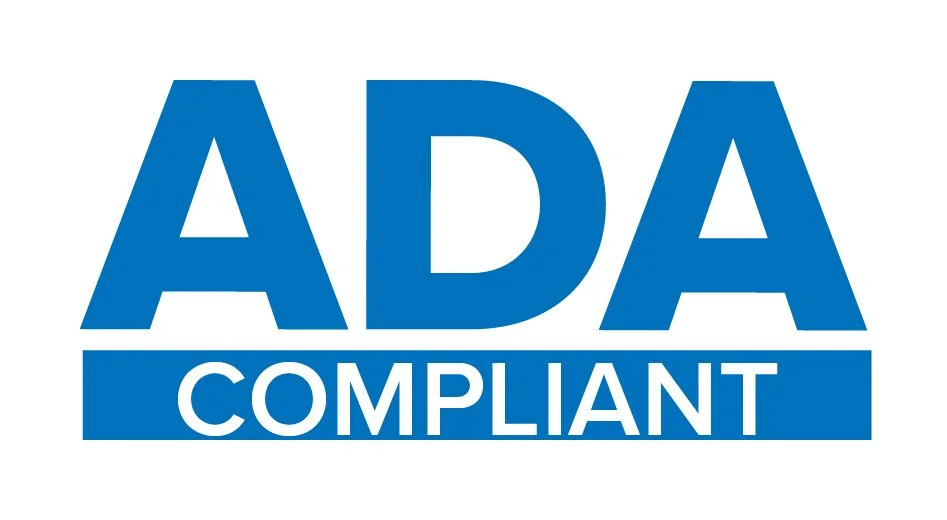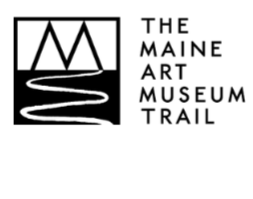Improvements to Acadia National Park infrastructure to be completed this fall
/Beginning on September 6, 2016, the National Park Service (NPS) will close Seawall Campground and certain visitor facilities at Sieur de Monts in Acadia National Park to complete major improvements to the septic systems that serve those areas. Island Explorer bus stops at Seawall Campground and Sieur de Monts will be relocated during the construction. Both projects are expected to be completed by the end of November.
At Sieur de Monts, the Abbe Museum, Nature Center, and restrooms will be closed for the season beginning September 6. Access to hiking trails and the Wild Gardens of Acadia will remain open, and portable toilets will be available. Parking will be available for a limited number of cars, but buses and RVs will be prohibited from entering Sieur de Monts during construction. The Island Explorer will continue its regular fall service with the Sieur de Monts stop relocated to the Park Loop Road for the outbound Sand Beach route (#3) and to Otter Creek Road (State Route 3) near the park entrance for the inbound Sand Beach route (#3) and both directions for the Loop Road route (#4).
The last night of camping for the season at Seawall Campground will be September 5. Visitors who would like to camp in Acadia should check for availability at Blackwoods and Schoodic Woods campgrounds online at recreation.gov. The Island Explorer’s Southwest Harbor route (#7) will continue its regular fall service with the Seawall Campground stop relocated to Seawall Road (State Route 102A) at the entrance to the campground. The Seawall Picnic Area will remain open and restrooms will be available there through September. Visitors will continue to have non-motorized access to Hio Road through the campground.
During construction, visitors may also encounter temporary one-lane closures on the Park Loop Road near Sieur de Monts and on Seawall Road across from Seawall Campground.
“We appreciate the cooperation and understanding of visitors as we complete essential upgrades to the septic systems at Seawall Campground and Sieur de Monts,” said Superintendent Kevin Schneider. “These improvements will provide better service to park visitors and enhance the protection of the environment.”
For the latest information on the Island Explorer bus service, please call 207-288-4573 or visitwww.exploreacadia.com. For updates on the closures and other park information, please call 207-288-3338 or visitwww.nps.gov/acad. Please join Acadia’s online conversations atwww.facebook.com/AcadiaNPS and https://twitter.com/AcadiaNPS.
This information was provided by:
Acadia National Park News Release
Release Date: August 31, 2016
Contact: John Kelly, john_t_kelly@nps.gov, 207-288-8703













































